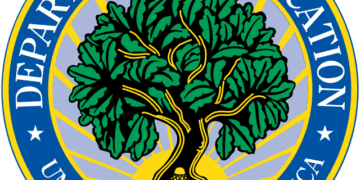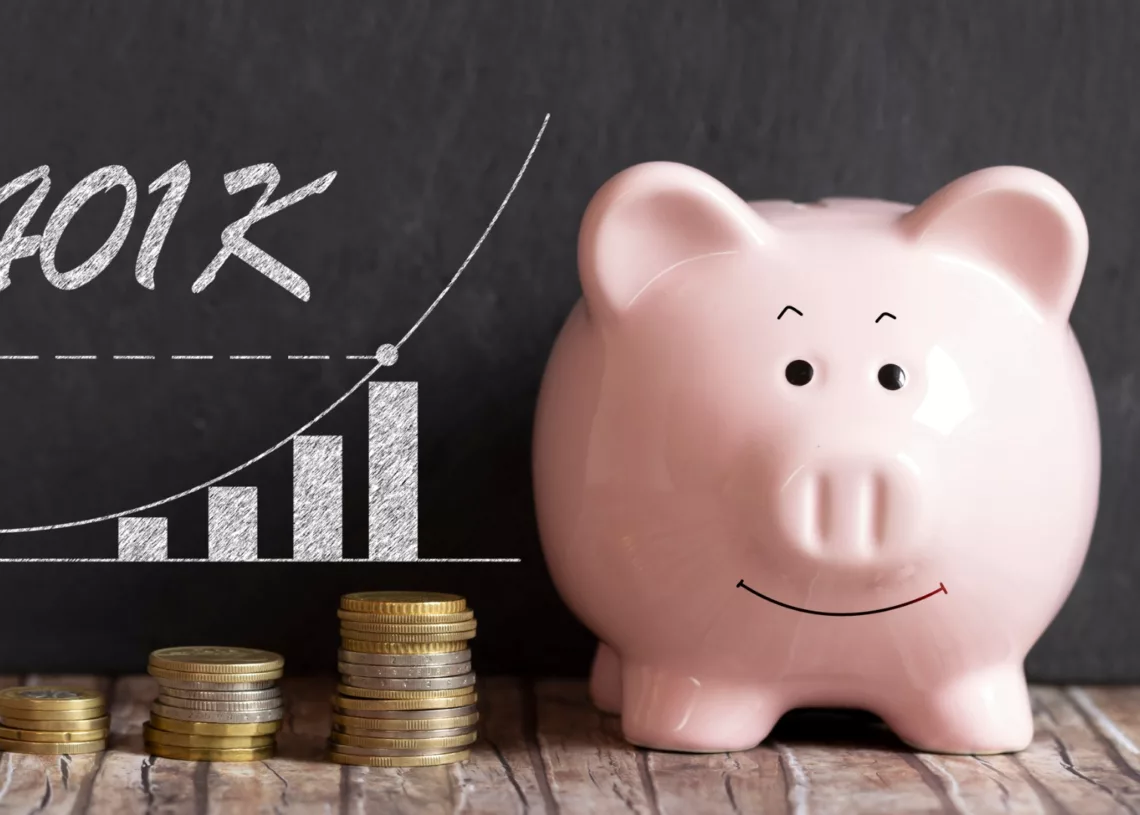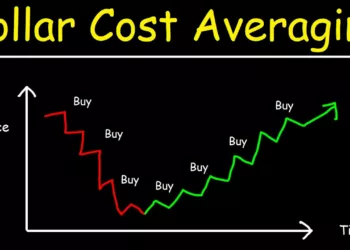The 401k is one of the most popular employer-sponsored retirement plans in the United States. As of 2021, there were over 600,000 401k plans holding over $7.3 trillion in assets for over 60 million participants, according to the Investment Company Institute.
With the 401k playing such a pivotal role in many Americans’ retirement planning, it’s important to have a solid understanding of how these plans work, their benefits and limitations, and strategies to optimize them. This comprehensive guide will delve into the key aspects of 401ks to empower you to make the most of this retirement-savings vehicle.
Roth vs. Traditional 401k: Key Differences
Choosing between a Roth or traditional 401k is one of the most important decisions you’ll make in setting up your 401k plan. While they share similarities in being employer-sponsored plans with contribution limits, there are some major differences to understand:
Tax Treatment of Contributions
The key difference here is that Roth 401k contributions are made with after-tax dollars, while traditional 401k contributions are made pre-tax:
- Roth 401k contributions: Even though the money is deducted from your paycheck, you pay income tax on those dollars first. This means your federal and state taxable income is not reduced by Roth contributions. However, this also sets up your withdrawals to be tax-free in retirement.
- Traditional 401k contributions: These come straight out of your paycheck before any income tax is applied. This lowers your current federal and state taxable income. But it means those contributions and investment earnings will be taxed as ordinary income when you take withdrawals in retirement.
To illustrate, let’s say you earn $60,000 per year and contribute $5,000 to a Roth 401k. You’ll pay income taxes on the full $60,000. With a traditional 401k, that $5,000 contribution is deducted pre-tax, so you only pay income taxes on $55,000.
The upfront tax savings of the traditional 401k can be appealing. But you need to weigh that against the value of tax-free withdrawals from a Roth decades into the future.
Tax Treatment of Investment Earnings
Another key difference is how investment earnings are taxed:
- Roth 401k earnings: Since contributions were taxed upfront, all gains and earnings grow 100% tax-free in your Roth 401k. Qualified withdrawals are tax-free no matter how much your account has grown.
- Traditional 401k earnings: These accounts provide tax-deferred growth rather than completely tax-free growth. Your investments grow without being taxed each year, resulting in faster compounding. But all withdrawals are taxed as ordinary income based on your rate at the time you take them.
To illustrate, say you contribute $5,000 to a Roth 401k which grows to $20,000 by retirement at age 65. You can withdraw the full $20,000 tax-free. With a traditional 401k, your $5,000 may also grow to $20,000 but you’ll pay income tax on the full $20,000 upon withdrawals.
Tax Treatment of Withdrawals
This leads to the third key difference – the tax treatment of 401k withdrawals in retirement:
- Roth 401k withdrawals: As noted above, all qualified Roth withdrawals are 100% tax-free. This includes your original contributions and all investment earnings if taken after age 59.5 and 5 years of account ownership.
- Traditional 401k withdrawals: All withdrawals are taxed as ordinary income based on your rate for that year. Withdrawals prior to age 59.5 also incur a 10% early withdrawal penalty with some exceptions. Required minimum distributions (RMDs) also force you to take taxable withdrawals starting at age 72.
For Roth 401ks, the tax-free withdrawal treatment provides certainty in retirement income planning and allows your money to continue growing tax-free. With traditional 401ks, it’s harder to forecast your income tax rate in retirement and required withdrawals can bump you into higher tax brackets.
Early Withdrawals
If you need to take 401k withdrawals prior to age 59 1/2, the penalty also differs between Roth and traditional accounts:
- Roth 401k: You can withdraw your contributions (not earnings) at any time without tax or penalty. Early withdrawals of earnings face the 10% penalty and income tax on those gains.
- Traditional 401k: All early withdrawals – contributions and earnings – face the 10% penalty as well as being taxed as income. Some exceptions like disability or major medical expenses apply.
Required Minimum Distributions (RMDs)
One final difference is that Roth 401ks are not subject to required minimum distributions (RMDs), while traditional 401ks are:
- Roth 401k: There are no RMDs, so your money can stay invested and continue growing tax-free during your retirement.
- Traditional 401k: Once you turn age 72, you must begin taking annual RMDs based on your account balance and life expectancy factor. Failure to take RMDs results in a 50% tax penalty on the amount not withdrawn.
This RMD difference provides more withdrawal flexibility if you don’t need the money from your Roth 401k. You can take only what you need and leave the rest growing. With a traditional 401k, RMDs may force you to take more than you need and pay higher unnecessary taxes.
As you can see, the Roth versus traditional 401k decision has major implications for your taxes, withdrawal flexibility, and long-term retirement planning. Understanding these key differences will help you make the best choice based on your individual financial situation and goals.
Below is a chart summarizing some of the key differences:
| Factor | Roth 401k | Traditional 401k |
|---|---|---|
| Contribution Tax Treatment | After-tax | Pre-tax |
| Investment Earnings | Tax-free | Tax-deferred |
| Withdrawals in Retirement | Tax-free | Taxed as Income |
| Required Minimum Distributions | No | Yes at age 72 |
Why It’s Called a 401k
401k plans get their name from the section of the Internal Revenue Code that authorized their creation – Section 401(k).
This section was added to the tax code in 1978 and allowed employees to avoid being taxed on deferred compensation. In 1980, benefits consultant Ted Benna took note of the provision and figured out that the tax deferral could be applied to employee retirement accounts.
On January 1, 1980, the first-ever 401k plan was established at the Johnson Companies. By 1984, nearly half of all large employers were offering 401k plans. The 401k’s popularity skyrocketed due to its tax advantages and flexible nature compared to pension plans.
While the name itself seems a bit random, it’s directly tied to 401k’s origin in the Internal Revenue Code. The 401k allows employees to enjoy tax-advantaged savings simply by contributing pre-tax or after-tax dollars from each paycheck.
Common 401k Misconceptions
While 401ks are common in workplaces across America, there are still some persistent misconceptions surrounding how they work:
Myth: 401k Investments Are Limited to Company Stocks
Contrary to popular belief, a 401k is not limited to company stocks. In fact, it offers a diverse range of investment options, including mutual funds, bonds, and exchange-traded funds (ETFs). Diversification within a 401k can help mitigate risk and potentially enhance returns.
“Diversification is the cornerstone of prudent investing.” – The Power of Dividend Investing: How Full-Time Employees Can Supercharge Their Wealth
Myth: I Can’t Access My 401k Until I’m 65
While early withdrawals may incur penalties, there are exceptions, such as hardship withdrawals or loans. Additionally, certain circumstances, like reaching age 59.5 or separating from your employer, allow penalty-free access to your 401k funds.
Myth: The 401k contribution limits are low
Reality: In 2023, the combined employee+employer contribution limit is $66,000 ($22,500 employee limit). This is significantly higher than limits for IRAs.
Myth: I’ll lose my 401k if I change jobs
Reality: 401ks are completely portable. You can roll over funds from an old 401k into your new employer’s plan or an IRA when you change jobs.
Myth: 401ks have high fees
Reality: 401k fee structures have improved, and many plans offer low-cost index funds. Average fees are around 0.50% – 1%/year.
Myth: 401ks are only for retirement
Reality: Some plans offer loans or hardship withdrawals for major financial needs prior to retirement. But tax penalties apply in most cases.
Myth: My employer’s match is free money
Reality: Matching contributions are subject to a vesting schedule. You must stay with the employer for a certain timeframe (often 3-6 years) to keep their matches when you leave the company.
Getting the facts straight on how 401ks truly operate is key to maximizing their benefits. Don’t let these common misperceptions deter you from taking advantage of this valuable workplace retirement plan.
The Evolution of 401k Investing Philosophy
The strategies and philosophies behind 401k investing have evolved substantially since their creation in 1980:
The Early Years: 1980s-1990s
- Heavy focus on equity funds: With the bull market raging, 401ks were dominated by stocks, especially U.S. large-cap.
- Employer stock: Many companies encouraged investing 401k dollars in employer stock, resulting in insufficient diversification.
- Limited investment options: Typical plans offered 5-15 limited investment options, often with high fees.
The 2000s
- Tech bubble burst: Seeing retirement accounts crushed showed the risks of overexposure to equities, especially employer stock.
- Move toward target-date funds: All-in-one target-date funds began emerging as a simpler way to get diversified exposure.
- Explosion of index funds: Index funds grew in popularity for their simpler, low-cost approach to investing.
2010s to Today
- Wider range of asset classes: 401k investment menus expanded to include real estate, commodities, emerging markets, and bonds.
- Focus on fees: Increased awareness of how high fees erode returns led providers to offer more low-cost options.
- Personalized portfolios via robo-advisors: New fintech integration enabled personalized, automated 401k asset allocation.
- Holistic financial wellness: Many 401k providers now take a broader view of retirement readiness instead of just wealth accumulation.
While equity-heavy portfolios were once the default, modern 401k investing philosophies emphasize diversification, risk management, lower costs, and overall financial wellbeing. This evolution has been crucial in helping participants build more secure nest eggs.
When to Prioritize 401k Contributions
With so many retirement-savings options today like IRAs, HSAs, and regular investment accounts, you may wonder when to focus on maxing out your 401k contributions above other alternatives. Here are some of the best scenarios to prioritize funding your 401k:
- You have access to an employer match: Employer matches are free money, so take advantage up to the full match amount.
- You exceed income limits for direct Roth IRA contributions: Roth 401k contributions can provide backdoor access.
- Your plan offers unique institutional funds: Some 401ks grant access to lower-cost funds otherwise restricted to institutional investors.
- You benefit more from current tax deductions: If reducing your current taxable income is more valuable than tax-free withdrawals down the road, maximize pre-tax 401k contributions before funding other accounts like a Roth IRA.
- You want higher contribution limits: The $22,500 employee 401k limit far exceeds the $6,500 limit for traditional/Roth IRAs.
- You have homebuying needs: Some 401k plans allow you to borrow against your balance for a home down payment.
Prioritizing your 401k when you’re earlier in your career, in a higher tax bracket, and getting an employer match will allow you to maximize this invaluable retirement savings tool.
The Future of 401k Plans
While 401ks have become deeply ingrained in U.S. workplace culture, we could see reforms and innovations in the next 5-10 years:
- Increase in automatic enrollment and escalation: More employers are likely to adopt auto-enrollment at higher default rates like 8-10%.
- Expanded employer match caps: Companies may shift from capping matches at 3-4% to higher contribution levels like 6%.
- Greater access to emergency savings: More 401k plans could allow limited withdrawals or loans for true emergency savings needs.
- Rise of ESG/SRI options: Sustainable and socially responsible investment options are expected to proliferate.
- More integration of holistic financial wellness: Look for more workplace financial literacy programs tied to 401k participation.
- Tighter fee regulations: Policymakers seem intent on requiring more disclosure and compressing excess fee structures.
- Pooled employer plans (PEPs): PEPs may allow small businesses to band together to offer 401ks plans with lower administrative costs.
While the core tax-advantaged structure of 401k plans is unlikely to change, enhancements in access, costs, employer contributions, and other features could make them even more powerful wealth-building tools for American workers.
Bottom Line
For millions of U.S. employees, 401k plans play a pivotal role in building retirement savings thanks to their tax-deferral advantages, employer matching contributions, and ease of payroll deductions. As discussed in this comprehensive guide, you can make the most of your 401k by:
- Choosing the optimal mix of Roth and traditional contributions
- Taking full advantage of any available employer match
- Selecting prudent, diversified investments with low fees
- Understanding rules around loans, withdrawals, vesting and distributions
- Optimizing your savings strategy across 401ks and other accounts like IRAs
- Staying abreast of potential future enhancements on the horizon
With Americans’ retirement security increasingly dependent on defined contribution plans, ensuring you maximize your 401k is one of the best moves you can make to safeguard your financial future. This guide provides the key facts, strategies, and trends to help you do just that.
Remember, the key to successful retirement planning lies in continuous education and strategic decision-making. Happy investing!
“The best investment you can make is in yourself.” – Warren Buffett
















































